Nokia has a rich history that has nothing to do with phones


Nokia is back! Following its disastrous relationship with Microsoft, the Finnish firm is now set to re-enter the smartphone market. This resurrection of its mobile businesses is only the latest in a long line of changes in direction for the company, so we've put together a quick rundown of the company's varied history.
Back to the 80s
In 1988, the Nokia Corporation put more focus on its mobile phones; within a decade, it was number one in the mobile market, having decided to double down on communications. Before that, an awful lot had already happened, and Nokia Corporation started out as an amalgam of three companies.
In 1865, when what would later become one part of the Nokia Corporation was founded on the banks of the Tammerkoski Rapids in Finland, its business was as a wood pulp mill. Mining engineer Fredrik Idestam, founder of the company, was quick to recognize the demand and opened a second mill on the banks of the 'Nokianvirta' river in Finland. The Nokia name as it became known for phones was drawn from this river, and the town of Nokia that it passed through.

That means the roots of the company were in place before the 'Nokia ringtone' was written. It's actually a solo guitar composition called Grand Vals written by Francisco Tarrega in 1902. Nonetheless, the company had nothing to do with its creation, obviously.
Another key pillar of the company's foundations was in making rubber products, such as boots and tires.
The brand of boots that ultimately resulted is still available to buy today as 'Nokian Footwear', a company that was formally founded in 1990 (and later sold to Berger), but had roots dating back to 1898 where it was founded as the Finnish Rubber Works by Leo Mechelin. Following its rubber boots and tires, the company expanded into making other rubber products, such as hoses and machine belts.
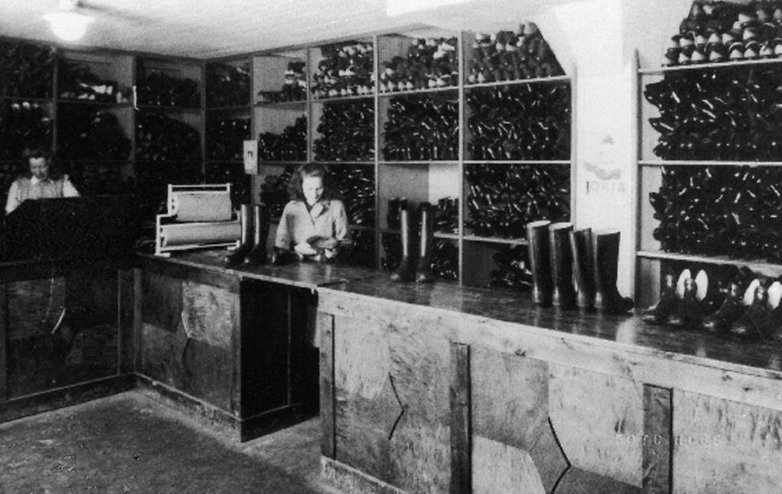
Where Nokia's history intertwines is with the establishment of Nokia Company (Nokia Aktiebolag) in 1871 as a shared venture between Idestam and Mechelin.
Not too much later, in 1912, Finnish Cable Works was established to (unsurprisingly) begin production of domestic cable for telegraph, electricity and phone lines. In 1922, Finnish Rubber Works, Nokia Company and Finnish Cable Works joined forces, but it wasn't until 1967 that the Nokia Corporation was formally established.
In 1960, having moved premises, the Finnish Cable Works established its first electronics division, ultimately leading it towards the mobile industry, under the guidance of the the former (and first) president and CEO of the Nokia Corporation, Björn Westerlund.
Also in the 1960s, Nokia Corporation started making various items for the Finnish Defence forces, including the M61 gas mask, which was produced until the 1980s. It also developed a wireless messaging system for armed forces to use in the field, which finally was put into operation in 1983, following years of development.
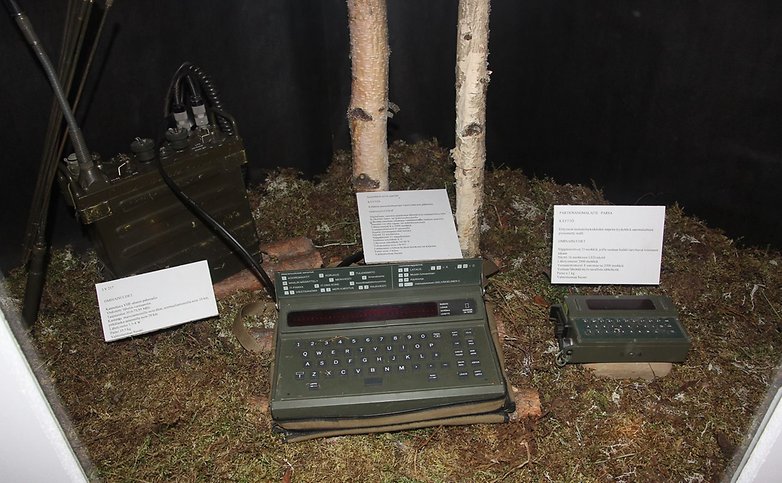
Throughout the 1970s, Nokia continued to grow its network and infrastructure division, and it would remain one of the more profitable parts of the company that it retained after the sale of its mobile phone assets to Microsoft in April 2014.
Westerlund, reportedly according to The Decline and Fall of Nokia by David Cord, was keen to emphasize to employees that they should work on their own research projects, not too dissimilar to the 20% rule that Google came to be known for later. This was later abandoned by Google, but that's a different story.
Post-Westerlund
In 1977, Westerlund was succeeded by Kari Kairamo, which was the real beginning of its focus on electronics and the first steps towards the splitting of the three companies in 1990.
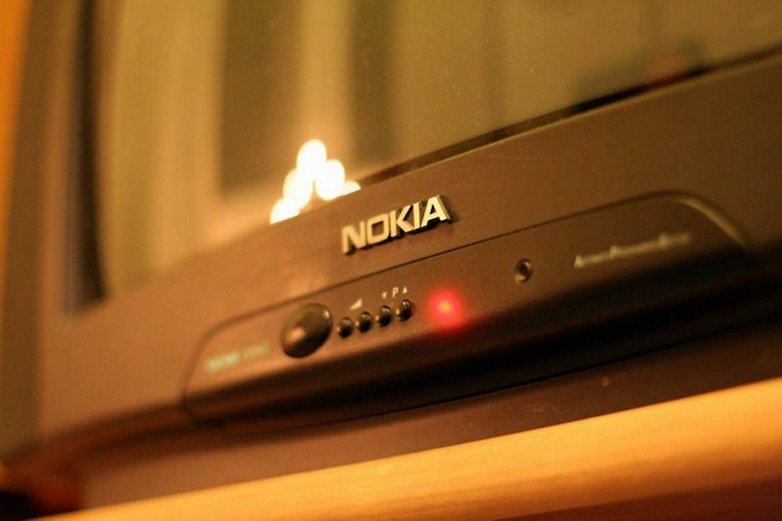
From that point on Nokia Corporation expanded into making other devices, including televisions and computers. In 1981, the first computer from Nokia Data, a division within the company, was the MikroMikko M1. It had just 64Kb of memory, two 5.25-inch 640Kb disc dries and a hefty two kilogram keyboard.
In 1982 it made its first car phone, and in 1984, it launched its first truly mobile phone. Mobile, in this case, is a technicality by today's standards, as it weighed 5KG. Unsurprisingly then, it was still intended for use in cars and it wasn't until 1987's launch of the Mobira Cityman that it had a handheld mobile phone.
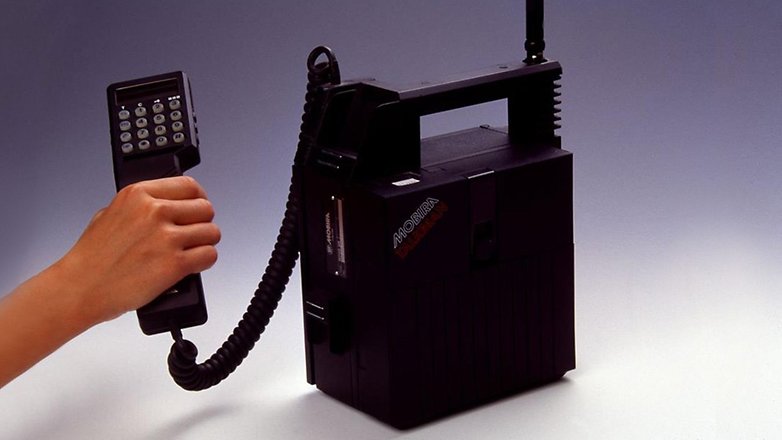
It's under Kairamo's leadership that the company led these forays into new markets, but by the end of the 80s, facing ongoing poor results in the computer and television divisions, he committed suicide in December 1988. Simo Vuorilehto succeeded him as an interim CEO and Jorma Ollila then took over the top spot from 1992 until 2006.
During the 1990s,under Ollila's tenure, Nokia sold off all its remaining non-telecommunications businesses, having already split Nokian Tyres, Nokian Footwear and the original paper business (currently Nokian Paperi) between 1988 and 1990.
Today, Nokia is re-entering the smartphone market, hoping to regain at least part of its former market-leading glory, following fallow years with Microsoft's mobile OS. But even if it fails, it already has one hell of a history.






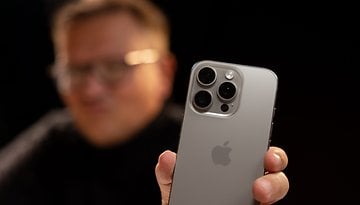

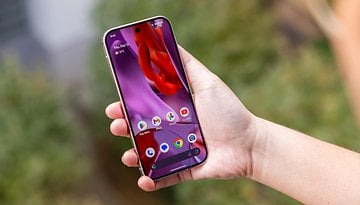
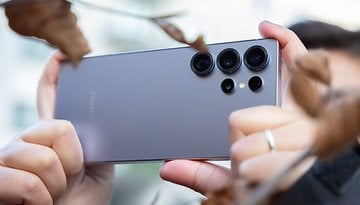
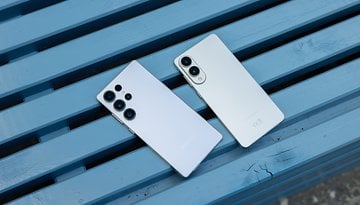

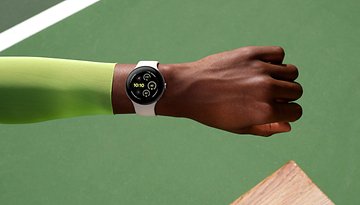


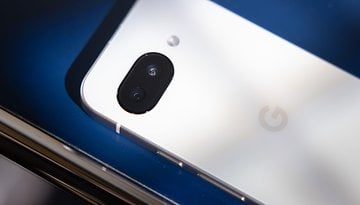




Nokia was they company everyone relates with Mobile phones, but they were also related with other mobile technogy, Symbian was so simple to use with loads of themes &. Wallpapers every search for, but Nokia did not have much competetition in the early days of the mobile market, so seem to get away with building unstable phones, like the Nokia N95 was a good example of that, o. K it was a super phone for your pockets, but after of months the slide up function became lose and unstable, Nokia produce so many good camera phones that were amazing to use, i still have the Nokia N82 because of the camera and xenon flash that no one offers on phones now, but this were Samsung stepped in a overtook Nokia by solving Nokia bulit phones problems, as they solve the sliding up phones problems by including. Spring up function that never became loose and alot slimmer than Nokia phones, D500 or D900 were very spring up phones, Samsung became more popular after this as Nokia struggled to Advance Symbian further, Microsoft thought they were better than Apple but needed some name help them challenge Apple, an as soon as the Nokia board let Mr Elop step in as Chairmen people alread knew that Microsoft was going to buy the Nokia company, but Windows was not right for Nokia but when you receive some large investment to save the Nokia name the board will accept it, Nokia is now going to use Android after another company as bought them, just dying see if Nokia can become successful again
I loved my N95 never had the problem you did just the cable that connected the screen broke about once a year. Used it until I could not buy cables any more. I too am excited to see what they bring to the table. Always loved Nokia phones
My first couple of phones were Nokia phones. Who can forget the snake game? Liked them and was sad when they left the market. Good to hear they're coming back. Competition is healthy for us consumers. Just hope they bring something worthy to be competitive.
toilet paper and Wellington boots!! can't help drawing a parallel with Samsung's humble beginnings... groceries and noodles..
but as much as I admire and respect Nokia and it's history, it's "new" smartphones are gonna be using the same components as every other device, with a little bit of Nokia DNA in the design..
nothing really original...
Scott Croyle the man responsible for the ubiquitous antenna lines, industrial unibody design, zero gap construction and the beautiful HTC one M7/8 and its massive influence on Apple's current iPhone designs had this to say..
"Too often manufacturers just riff off other mainstream products because it feels safe. I'd like to see more companies have a point of view about design, otherwise we're heading toward a very boring world of commoditized, generic products."
which is exactly what HMD global will do... play it safe
No doubt nothing they make smartphone wise matters to Android users they are lost in the Android game.